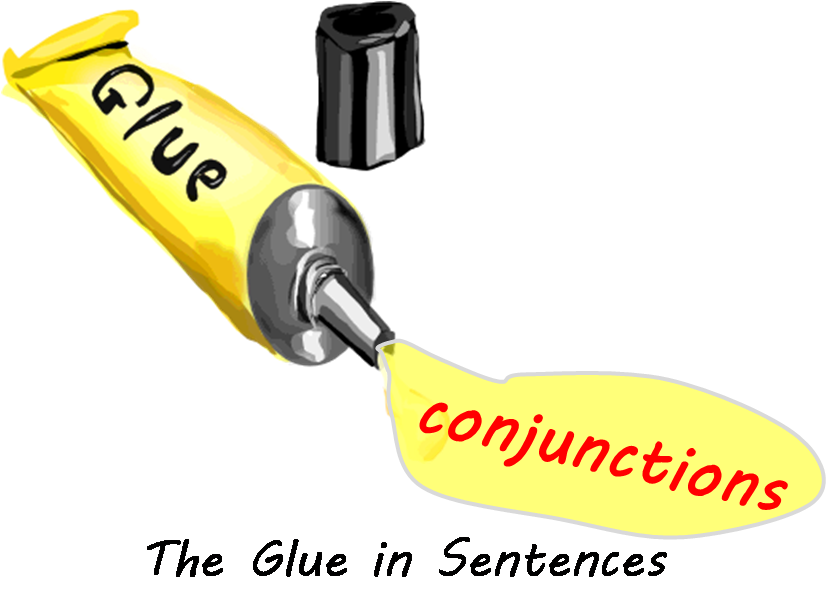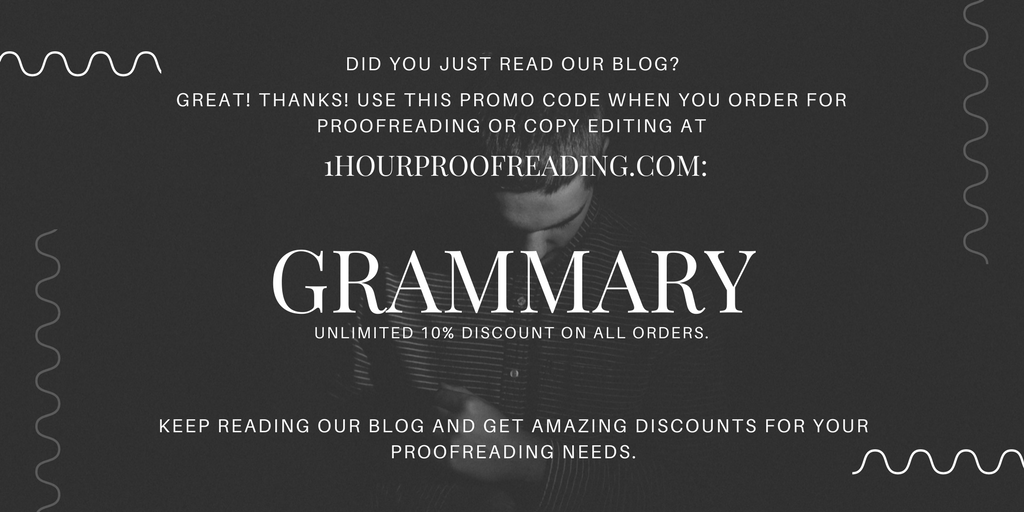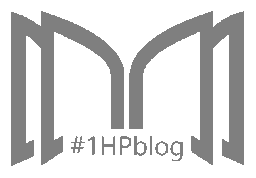Conjunctions: The Glue of the English Language
Posted on May 05, 2016
Conjunctions, as defined by Merriam-Webster (2016), are words that “join together sentences, clauses, phrases, or words.” It seems pretty simple enough, but to make it even more so, let’s use metaphors—metaphors are important, after all.

So when you want to stick something together—pieces of paper or tiny wood chunks—you usually use glue. And when you want to link clauses, phrases, or words, you use conjunctions. Basically, conjunctions are the glue of the English language, albeit less sticky and messy.
Well, no—we all know that’s not entirely true. Conjunctions can be messy—if used carelessly and improperly. Like prepositions, conjunctions are pretty little things, but they also have the power to make or break your manuscript. Given that, it is imperative that one know which conjunctions to use in any particular instance.
Conjunctions can be subordinate, coordinating, or correlative. Today’s main focus will be the first two.
A subordinate conjunction has two main functions. One is to act as the transition element between two ideas in a sentence, indicating a shift in time, place, or cause and effect.
She went berserk after her lover died. (Indicating time)
The ambassador stares at the top of the tower, where the commander’s body is set aflame. (Indicating place)
Because of the peace treaty, they are not allowed to enter the city with their weapons. (Indicating cause and effect)
The other function of a subordinate conjunction is to indicate which clause holds the most importance to the reader. The main clause will contain the more important idea, and the clause with the less important idea will be introduced by the subordinate conjunction.
Even though this life ends, I will never stop loving you. (The first clause is less important.)
I will find you when all this is over. (The first clause is the main clause.)
Once I have it, I won’t be able to let it go. (The first clause is less important.)
Next are the coordinating conjunctions, of which there are seven: for, and, nor, but, or, yet, and so. To remember them easier, people sometimes use the acronym FANBOYS.
These conjunctions join elements that are the same: words, such as in “love or apathy” and “small but lethal”; phrases, such as in “behind closed doors and beneath her smiles” and “out of sight and out of mind”; and independent clauses, such as in “I love her, but I’m scared of what it means” and “You say you have faith in me, yet you keep on shutting me out.”
It is important to remember that coordinating conjunctions can only join elements that are grammatically similar. When they join independent clauses, a comma should always be placed before the conjunction.
The princess wanted a truce, so I gave her one.
She betrayed me, yet I still want her.
These seven conjunctions, obviously, also have various uses.
-
For is used for presenting reasons, such as in “He became the commander, for he bested the other candidates.”
-
And is used for presenting noncontrasting elements, such as in “One ruled the sky, and the other ruled the earth” and “The warrior and the healer are talking in hushed tones.”
-
Nor is used for presenting noncontrasting negative elements, such as in “Clarke would never allow a massacre, nor would Lexa condone one.
-
But is used for presenting contrasts or exceptions, such as in “I love writing anything, but I prefer fiction the most” and “It’s cute but pricey.”
-
Or is used for presenting alternatives, such as in “You could pardon me, or you could kill me now” and “Choose one or the other.”
-
Yet is used for presenting contrasts or exceptions as well, such as in “The coalition might stand proud, yet we still need to ensure it holds” and “She’s silent yet deadly.”
-
So is used for presenting consequences, such as in “I don’t trust him, so I kicked him out of the congregation.”
Are you confused with English words and the rules that govern them? The 1-Hour Proofreading team will be happy to lend a helping hand.
Disclaimer: Image is not ours. Credit to the owner.
About 1-Hour Proofreading
1-Hour Proofreading is a growing start-up offering fast and efficient editing services at a reasonable price with the assurance that the document is publication-ready the soonest you need it. Its team of highly competent professional editors is committed to helping those in need of quality editing services while facing tough deadlines.
Visit 1hourproofreading.com for more details.
Follow us:
Back to Grammary



